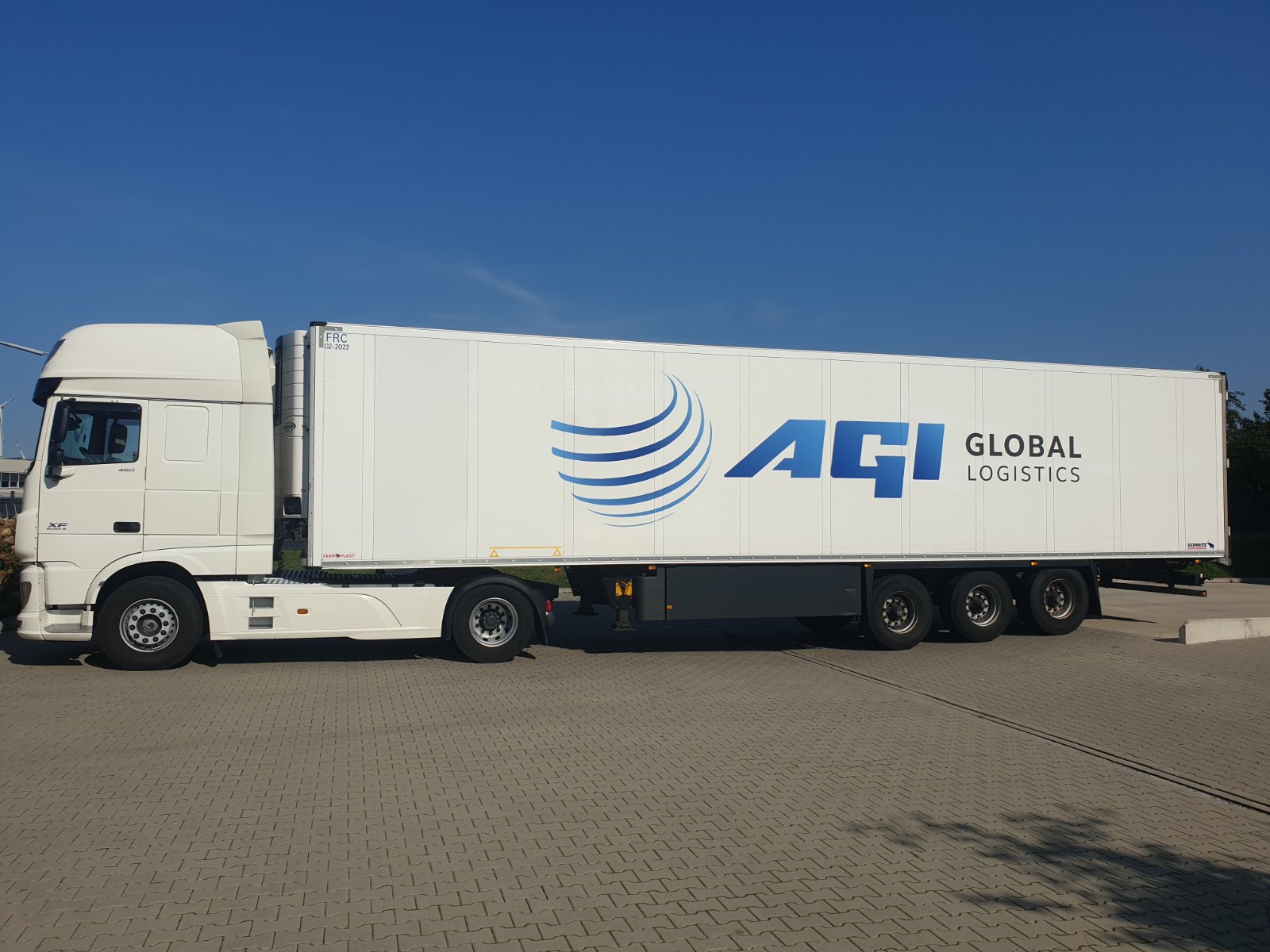Despite their outside appearance looking practically identical to regular containers, reefer containers have a very specific function that separates them from others, making them ideal for the transportation of a variety of cargo from medicine and meat, to fish and flowers.
In this article, we’re going to explore exactly what a reefer container is, what they’re used for, and why you might need to use them to transport your cargo.
What is a reefer shipping container?
A reefer container is one of sixteen types of shipping containers used in freight forwarding. A reefer shipping container is an abbreviated term for a refrigerated container and are equipped with refrigeration units that are connected to the power supply on board the ship being used to transport them.
What are reefer shipping containers used for?
Some cargo will need to be shipped at a chilled, frozen or controlled temperatures, which makes reefer containers ideal for these types of goods. Typically, you will use a reefer container to transport:
- Fruits and vegetables
- Meat and fish
- Milk and dairy
- Juice and concentrate
- Pharmaceuticals
- Chemicals/dangerous goods
- Plants and flowers
Reefer containers can keep these products fresh or frozen as the temperature within the container is climate controlled, with some reaching temperatures as low as -60°C.
How does a reefer shipping container work?
Most reefer containers use bottom air delivery units specifically designed to distribute cooled or chilled air from the floor of the container. However, some reefers are fitted with a cooling system that uses water to cool cargo (although these tend to be less popular due to the high-cost of the water cooling system).
They are designed to maintain not only temperature, but also maintain other key metrics at a consistent value through the duration of the transit. When using a reefer container to transport cargo, considerations must be taken for temperature, humidity, ventilation and drainage.
Temperature: Standard reefer containers are constructed to maintain a temperature anywhere between 25°C and -25°C, however containers are available that are capable of maintaining temperatures of -35°C and below. ‘Super freezers’ can even be used if temperatures of -70°C are required.
Humidity: Some products (plants and flowers for example) benefit from controlled humidity during transport. Reefer containers have a dehumidification function built into the unit, which can control and lower the moisture level in the air. Most standard units sit between 60% and 85% humidity, with some newer units reaching as low as 50%.
Ventilation: Air must be able to flow through the cargo throughout the journey, not only to maintain a chilled temperature but also to remove heat and gases built up within the container. This means ventilation must be built into the units, especially for cargo like fruit and vegetables where fresh-air ventilation is required, and for frozen goods air must flow around the cargo.
Drainage: Required to allow the release of excess water, the design also stops water or insects from entering the container.
Within the container is a microprocessor which is the electronic temperature recorder, storing data like:
- Supply air and return air temperature
- Remote cargo probe temperatures
- Defrost activity
- Changes to the setpoint
- Power off and on time
Here at AGI, we use a genset (short for generator set, which is a powered unit) to get chilled cargo from consignee to port before it is plugged in. The generator uses either fuel (often diesel, gasoline or gas) or electricity to power the reefer container, as they do not power themselves. This is ideal for use on the road for chilled products, but frozen cargo must be transported in a particular way to make sure the temperature stays suitably cold.
It’s important to remember that a reefer unit is not designed to bring down the temperature of the cargo, but to maintain cargo that has already been pre-cooled. Cargo must be pre-cooled to the desired temperature before loaded into the container.
The benefits of reefer containers
Over recent years, reefer containers have been creating competition for reefer ships, and for good reason:
- The cargo doesn’t need to be put into cold storage on arrival as it is already in self-contained refrigerated units.
- They can be found in a variety of dimensions, which makes them suitable for all types of transportation; road, sea and air.
- The container can be partitioned to allow for different temperature departments, meaning frozen and chilled goods can be transported within the same container.
- Reefer containers are particularly durable and remain operational in harsh conditions.
The negatives of reefer containers
Despite a wide-array of benefits, there are still challenges with using reefer containers. HFG refrigerants are still commonly used in reefer containers, but have been proven to be a huge contributor to global warming. In turn, there is an ongoing movement across environmental agencies and governments to reduce their usage. Reefer containers are working towards this by moving to more eco-friendly alternatives. They can also become costly for plug-in charges and other detention charges at port of arrival. They have short container demurrage, with charges incurring only 2 days after the container is removed from the quay.
If you are looking to use a reefer container for transporting goods, we can help. Request a quote and we’ll get back to you as soon as possible! Or if you’re looking for something else, we can ship a variety of different types of containers to your desired location.
